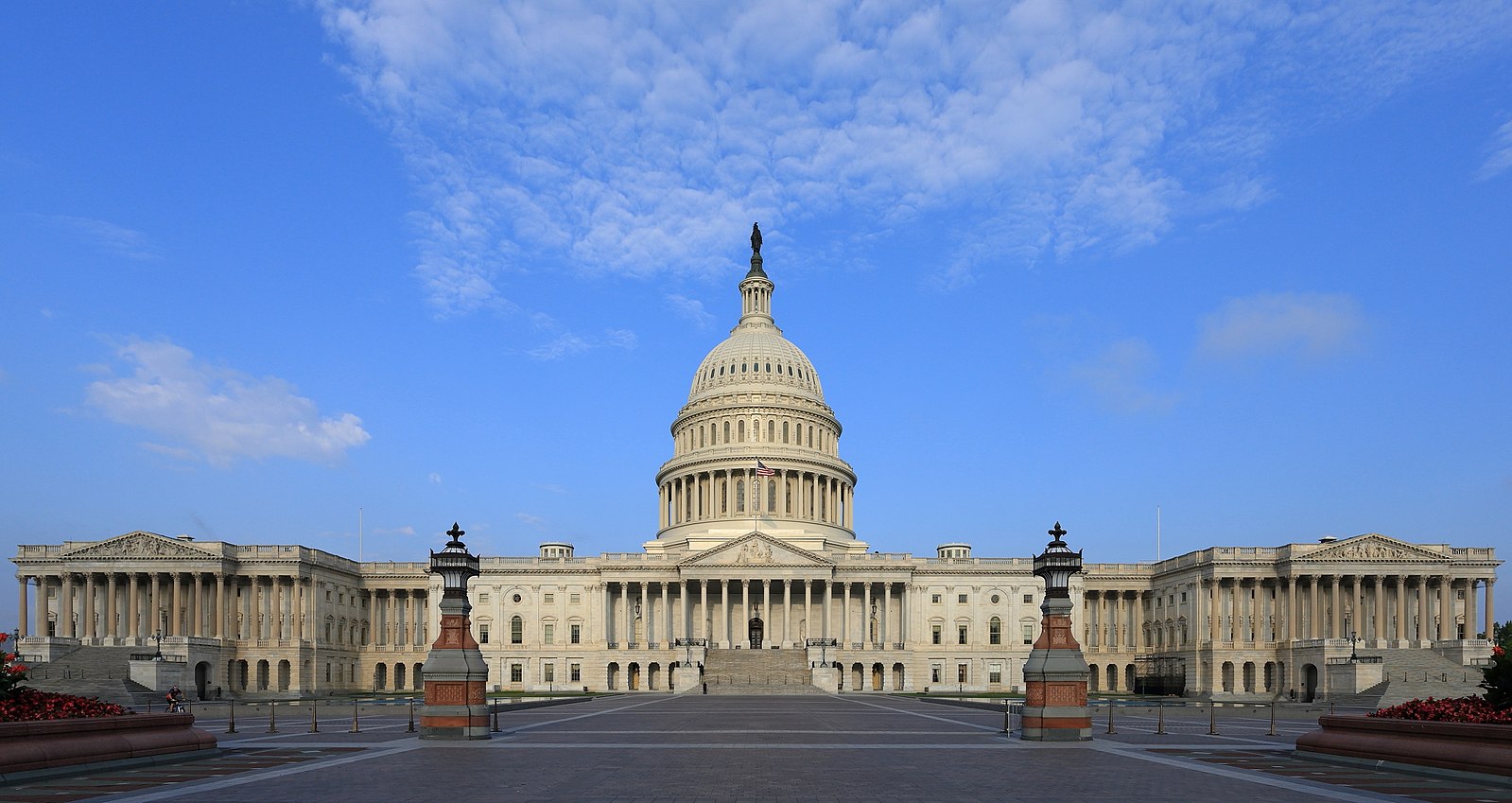All 50 states are currently operating under active states of emergency related to the coronavirus pandemic, with several set to last until rescinded by the governor.
Starting in late February, governors across the country declared states of emergency as coronavirus cases climbed. Washington Gov. Jay Inslee (D) was the first governor in the country to declare a state of emergency on February 29, and other governors soon followed. California Gov. Gavin Newsom (D) declared a state of emergency on March 4. Kentucky Gov. Andy Beshear (R) declared a state of emergency on March 6. Governors continued declaring states of emergency through March and into April.
States of emergency declarations are set to expire in several states at the end of July and early August and throughout the rest of the year, while some are set to last until ended by the governor. New Mexico's public health emergency is scheduled to expire on July 30, New Jersey's public health emergency on August 1, Indiana's public health emergency on August 3, and Colorado's disaster emergency on August 5. Alabama's and Connecticut's are scheduled to expire on September 9, and Kansas's is set to expire on September 15. The states of emergency declarations in Missouri and South Dakota are scheduled to last through December 30.
Generally, declaring a state of emergency allows governors to access resources unavailable to them during non-emergencies, like stockpiles of medical goods and equipment, and to waive or suspend certain rules and regulations.
According to the Association of State and Territorial Health Officials (ASTHO), “Traditionally states have a general statute that permits the governor to declare a state of emergency for any type of emergency or natural disaster, which can be construed broadly to include disease epidemics and other public health emergencies. In the last decade, states have begun to refine their approaches to defining emergencies; a state may have one or more statutory definitions to define emergencies, including ’disaster, ‘emergency,’ and ‘public health emergency.’”
The laws surrounding emergency declarations vary by state. In at least 16 states, the emergencies declared in response to the coronavirus pandemic were set to last until rescinded by the governor. In other states, governors have renewed their emergency declarations every 15 to 30 days as required by law.


